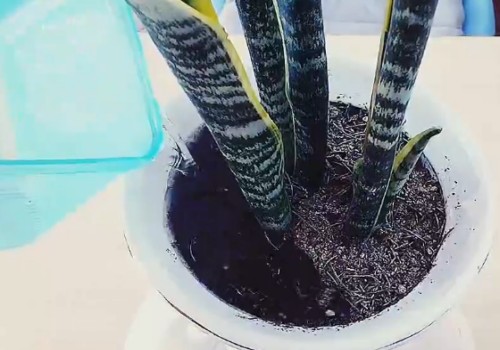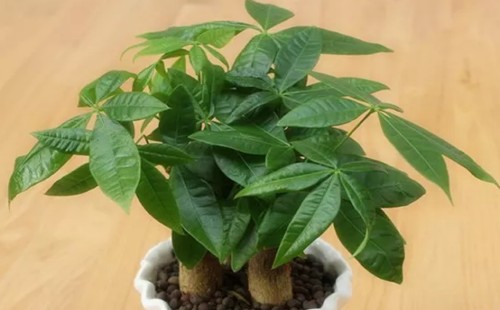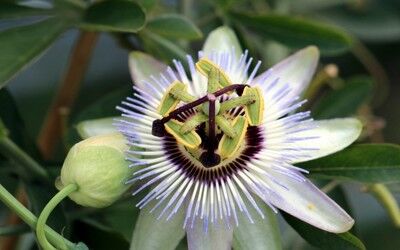The growth environment of tiger tail orchid the growth habits of flowers and trees
Tiger tail orchid, also known as tiger skin orchid, because of its high ornamental value and strong ability to purify the air, so many potted friends like to put it as a potted plant at home. However, if we want to raise it well, we must first understand its growth environment, so what kind of growth environment does Tiger tail Orchid like?

Tiger tail orchid likes light, so it should be placed in the sunny place so that it can fully receive the light. But at the same time, they are also afraid of direct light or hot sun exposure, otherwise the leaves are also easy to get sunburn. Therefore, when the light intensity is too large, it should be shaded in time.
If it is placed in a dark and light-deficient environment for a long time, the plant will also yellowed the leaves because it can not carry out normal photosynthesis. However, only do a good job of lighting control, it can not be well, we also need to understand and master other aspects of environmental factors.
The tiger tail orchid likes the warm growing environment, and the original optimum temperature should be kept between 18 °C and 27 °C. When the temperature is below 13 °C, the plant stops growing. If you want to ensure that the plant is safe and sound in winter, the ambient temperature must not be lower than 10 °C. Otherwise, the plant is prone to rot, which can lead to death in severe cases.
More importantly, if you put it in a poor light environment for a long time, you can not put it in a strong light environment at once, otherwise the plant is also prone to growth problems, after all, the plant also has an adaptive process to receive light. Of course, it should not be exposed to the sun for a long time.
In the method of water management, because Cymbidium is a kind of desert plant, it has the characteristics of drought tolerance and water tolerance, and can usually withstand the harsh long-term drought environment, so watering should not be too much or too frequently. In general, when the basin soil is dry and then watered, it is usually advisable to keep the basin soil slightly dry and would rather let it dry than let it be flooded.
In addition, tiger tail orchid does not like big fertilizer, usually in the growing season 1-2 months for its high nitrogen content of organic fertilizer can be applied, so that the concentration is low, thin enough, otherwise it will produce fertilizer damage and burn the roots of the plant. As long as the soil is fertile, it doesn't matter if you don't topdressing for a long time.
- Prev

Selection of growth environment for rich trees
Potted rich trees look good, but we also need to create a suitable growth environment for them. Only when they grow in a comfortable environment can they keep their branches strong and evergreen, and show their charming elegant demeanor. And in order to be able to create
- Next

The morphological characteristics and growth environment of plant flower, clock flower and growing environment
The flower language of plants allows you to understand the morphological characteristics of clock flowers and their growing environment. Clock flower is a kind of clock flower family, clock flower evergreen vine, growing in the tropical rain forests of South America, its shape is very similar to the dial on the clock, so it is called "clock"
Related
- Fuxing push coffee new agricultural production and marketing class: lack of small-scale processing plants
- Jujube rice field leisure farm deep ploughing Yilan for five years to create a space for organic food and play
- Nongyu Farm-A trial of organic papaya for brave women with advanced technology
- Four points for attention in the prevention and control of diseases and insect pests of edible fungi
- How to add nutrient solution to Edible Fungi
- Is there any good way to control edible fungus mites?
- Open Inoculation Technology of Edible Fungi
- Is there any clever way to use fertilizer for edible fungus in winter?
- What agents are used to kill the pathogens of edible fungi in the mushroom shed?
- Rapid drying of Edible Fungi

